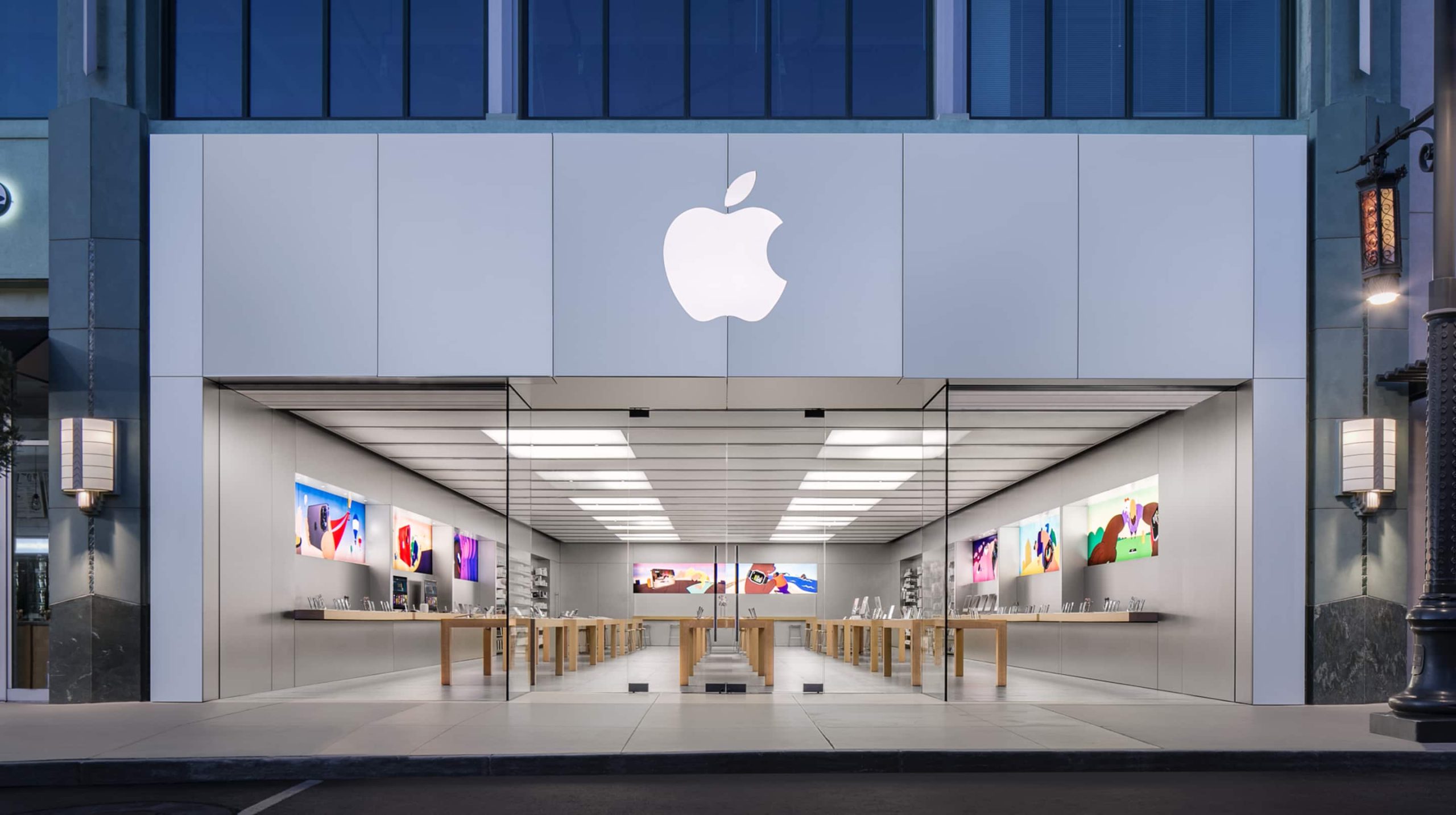1 Auto Race
In the early 1970s, toy manufacturer Mattel had the idea of creating a handheld game using cheap calculator components. Working with electronics firm Rockwell International, the company produced Auto Race, a driving game in which you steer past a series of cars depicted by red LED lights, attempting to finish four “laps” as quickly as possible. The game logic, display and scoring system were all programmed in under 515 bytes. It was the first wholly electronic non-mechanical handheld toy and Mattel followed it with hugely successful American Football and Soccer games.

2 Game & Watch, 1980
Nintendo engineer Gunpei Yokoi got the idea for this hugely successful series of handheld games when he saw an office worker playing with a pocket calculator on a commuter train. However, the range of devices, which featured simple LCD displays, were also inspired by the MB Microvision, the first handheld console to support interchangeable cartridges. Early titles like Ball, Fire and Parachute were incredibly simple variations on the playground game catch, but later titles like Oil Panic and Donkey Kong introduced dual-screen displays and more complex controls.

3 Tomytronic 3D, 1982
Featuring two LCD displays viewed through a plastic headset (complete with a semi-transparent panel to light the screens), the Tomytronic 3D games from Japanese manufacturer Takara Tomy represented the first attempt to simulate 3D visuals in a consumer device. Titles like Thundering Turbo and Sky Attack featured simple visuals and controls, but the killer feature was the thrillingly futuristic form factor, which made you look a bit like Luke Skywalker searching for R2D2 through his macrobinoculars. Or so you thought.

4 Nintendo Game Boy, 1989
Perhaps the most important and best known handheld system of all time, the Game Boy featured an 8bit processor and tiny monochrome display – both rather outdated at the time. However, designer Gunpei Yokoi felt the trade-off between performance and battery life was worthwhile – and he was right. Boasting titles like Tetris, Super Mario Land and Legend of Zelda the device became a phenomenon, prompting a series of successors including the Game Boy Color and Game Boy Advance. Over 120m have been sold.

5 Sega Game Gear, 1990
While the Game Boy concentrated on price and battery life, Sega went for performance with this full-colour handheld, based on the same processor as the company’s Master System console. Competing against the similar Atari Lynx and NEC TurboExpress devices, Game Gear fared well, offering decent conversions of Sonic the Hedgehog, Shinobi and Shining Force – but it ate through six AA batteries in a couple of hours, and never touched the Game Boy in terms of software support. Nevertheless, an important milestone for handheld gaming technology.

6 Nokia 6110, 1998
According to Nokia engineer Taneli Armanto, Nokia was developing a new operating system when it built its business-focused 6110 handset and was therefore looking for new feature ideas. Armanto’s brother was coding a simple version of Snake on his PC at the time and Nokia liked the idea of a mobile phone version. Consequently, the 6110 shipped with Snake as well as two other games: Logic and Memory. Although the first ever mobile game was a version of Tetris on the 1994 Hagenuk MT-2000 handset, it was Snake that took off, slithering on to over 350m handsets.

7 Nintendo DS, 2004
Arguably the perfect culmination of Nintendo’s twin philosophies – cheap hardware, wide accessibility – the DS was initially written off as dated and eccentric thanks to its clamshell design and simple touch interface. But then Nintendo started releasing games like Nintendogs, Brain Age and Professor Layton while advertising directly to women and pensioners with cleverly targeted celebrity endorsements and the rest is history. Combined models have sold over 150m units, and the follow up, the 3DS (similarly dismissed as an oddity), has continued the successful legacy.

8 Playstation PSP, 2004
Like Sega, Sony chose to take on Nintendo with a superior technology, pitching its powerful 32bit PlayStationPortable against the modest specs of the Nintendo DS. The machine’s crystal clear 4.3 inch display and movie-playing capabilities marked it out as a true multimedia system, while conversions of titles like Gran Turismo, God of War and Metal Gear Solid showed off its graphical capabilities. The Monster Hunter titles also made brilliant use of its local multiplayer functionality. Around 80m units were sold before Sony retired the device.

9 Apple iPhone, 2007
Mobile games were already a big deal on Java-based handsets in the early 2000s, but buying and downloading them was a pain because handset manufacturers, network providers and game publishers all wanted to control their own storefronts, and the market was hopelessly fragmented with hundreds of different devices. In contrast, when the iPhone was introduced by Steve Jobs at the 2007 Macworld convention, it promised an intuitive one-stop shop for games, as well as a single form factor, attracting both players and developers. The modern mobile games industry started here.

10 Nintendo Switch, 2017
Too soon to be influential? Maybe. But with sales already exceeding its own targets, Nintendo’s typically offbeat hybrid system improves massively on the Wii U concept to provide a genuinely portable home console experience. It’s unlikely we’ll now see a rash of competing products, but what the Switch proves is that in an era of device proliferation there is still space in the gaps to innovate and excite. Nintendo’s philosophy of experience over technology brought us the Game & Watch and Game Boy, and it lives on in this fascinating piece of hardware.










